You finally decided that there is more to life than Netflix and chill, and that the world is bigger than your cube you call "the living room".
You also came to the realisation that there is more living outside of your living room. So you braced yourself and decided to be brave and explore the great outdoors 🏔
Then you were instantly hit with a dilemma. Hiking shoes or trainers, which are better for your great adventure?
Hiking shoes are shoes which are specificially designed for rough terrains, and usually come with a 💦 waterproof option. They provide great support and stability, and most also have a sticky rubber outsole for great traction when walking on slippery surfaces.
Your usual trainers are made for every day use, and so there is less attention to how it will perform in different weather conditions, and how they will handle certain types of surfaces. They are usually quite comfortable if you go for a quality brand, but most of the time trainers are not very rugged.
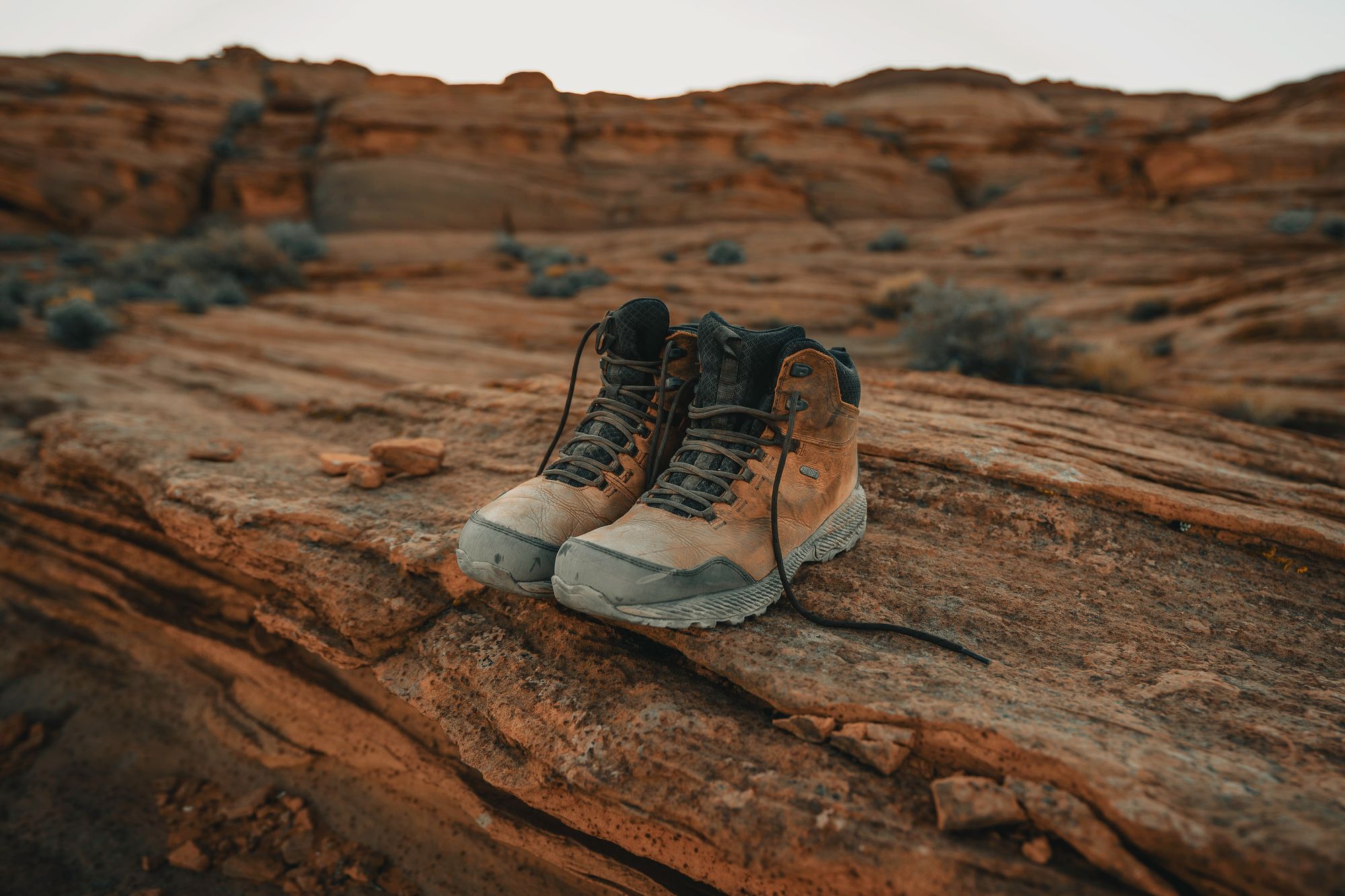
Let's start by looking at use cases for each, the technologies used in hiking shoes, and some examples of real products you can try for yourself.
Hiking Shoes 🥾
Use cases:
- Hiking (obviously)
- Walking on rugged terrain
- Walking on wet or muddy terrain
- Walking in cold environments
- Walking in icy / slippery environments

Trainers 👟
Use cases:
- Day to day wear
- Walking on flat surfaces
- Walking on dry / non-muddy surfaces

Technologies 👩🏻🔬
Hiking shoes are very technical shoes, meaning there is a lot of thought put into creating these shoes specifically for the rough, wet, cold/warm environments you will come across when exploring the great outdoors.
In contrast, every day trainers don't really need advanced technology as you usually wear those in your every day life walking on flat surfaces such as roads and pavements (or sidewalks as our friends in the US call it).
Tech used in hiking shoes
- 👉 Waterproof Membrane: most brands use GORE-TEX® membrane in their premium end products, or have their own waterproof versions for the more budget hiking shoes.
What is Gore-Tex® 🤔, you might ask?
Keeping your feet nice and dry!
- 👉 Sticky Outsole: the most famous sticky outsole material used in the outdoor footwear industry is made by Vibram®.
Vibram® develop a specially sticky type of rubber for the outsoles to give you traction on all kinds of surfaces so you don't slip when going on your favourite hike. Their most advanced sticky rubber is called TC5+ which you will find in some of the best hiking shoes around. If it has TC5+ you know it will keep you on the ground.
Good hiking brands have usually also developed their own in-house sticky outsoles.
For example, Merrell, which is a US-based brand and the number one rugged outdoor footwear brand, have their own M-Select® Grip outsole which is said to be just as good as Vibram's sticky rubber.

Salomon, which is another top hiking brand, have their Contagrip® technology.

- 👉 Protective Toe Cap: depending on the type of hiking shoes you get, some also have a protective toe cap to help you protect your toes while you're enjoying the outdoors.
- 👉 Insulation: if you're planning to hike during the cold monhts of winter, it's worth getting hiking shoes with insulation. This usually comes at a premium, and only the top brands usually have these.
Here are some hiking shoes for you if you want 💦waterproof shoes with excellent traction and great ankle support:
Men's 🙋♂️
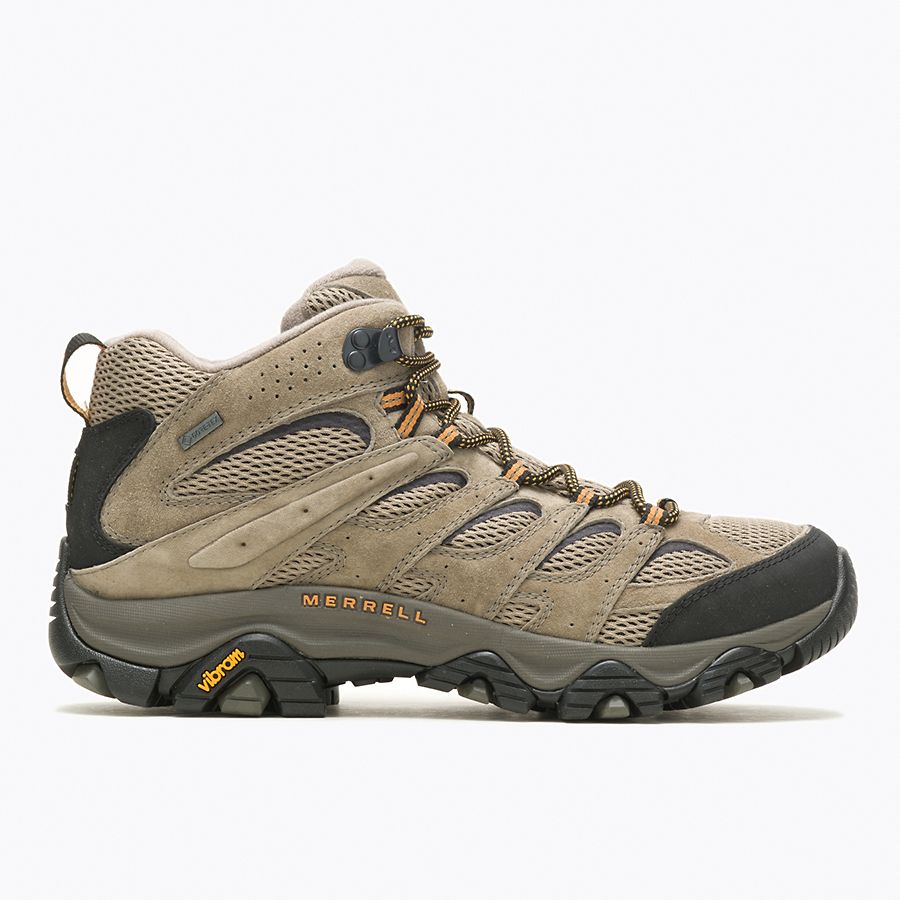
Men's - Merrell Moab 3 Mid GTX
- 💦 Gore-Tex® Waterproof
- 🪨 Vibram® TC5+ super sticky outsole
- ✌️ Ankle Support
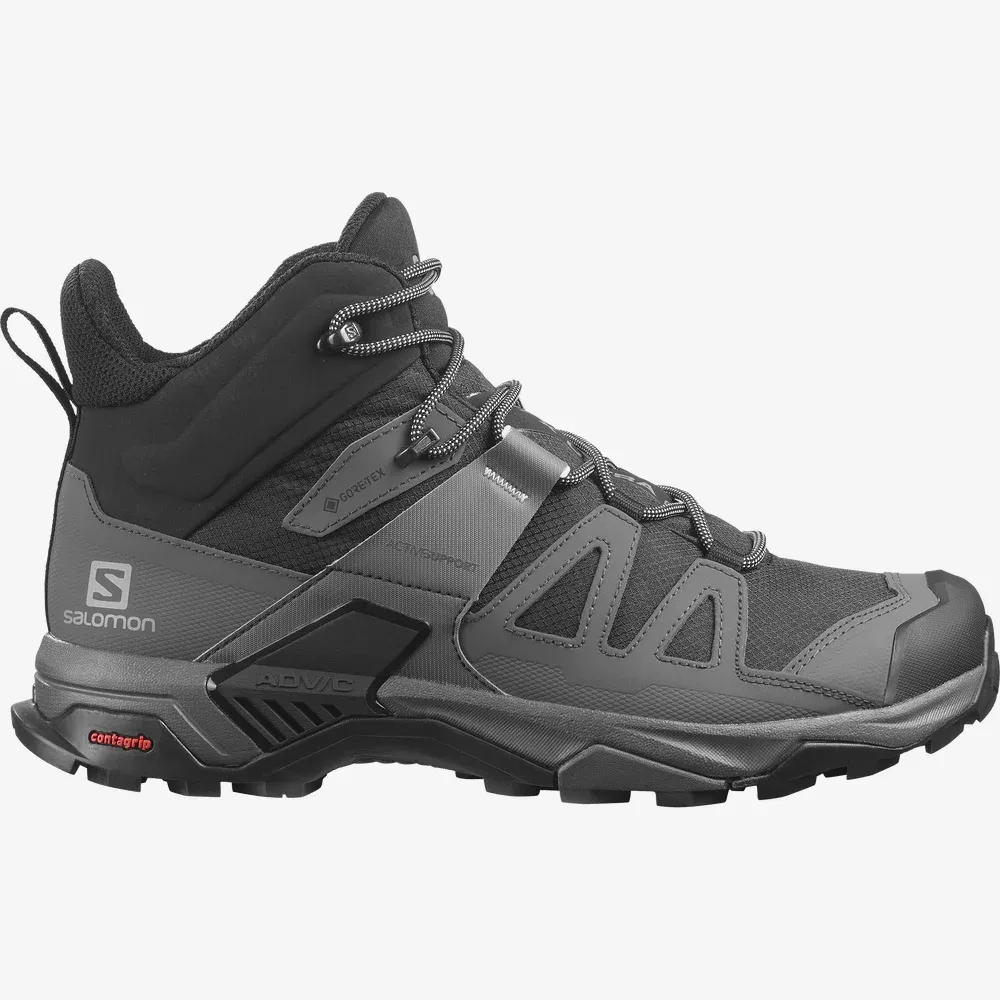
Men's - X ULTRA 4 MID WIDE GTX
- 💦 Gore-Tex® Waterproof
- 🪨 Contagrip sticky outsole
- ✌️ Ankle Support
Women's 💁♀️
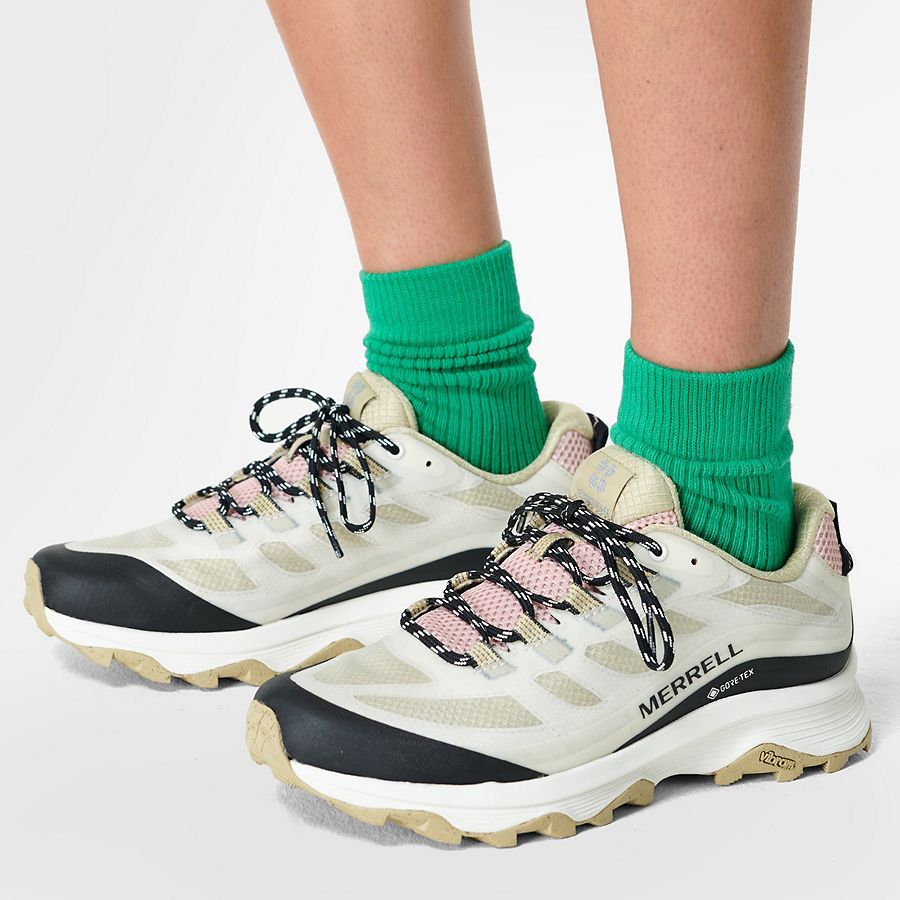
Women's - Moab Speed GTX x Sweaty Betty
- 💦 Gore-Tex® Waterproof
- 🪨 Vibram® EcoStep with 30% recycle material
- ♻️ 100% recycled laces
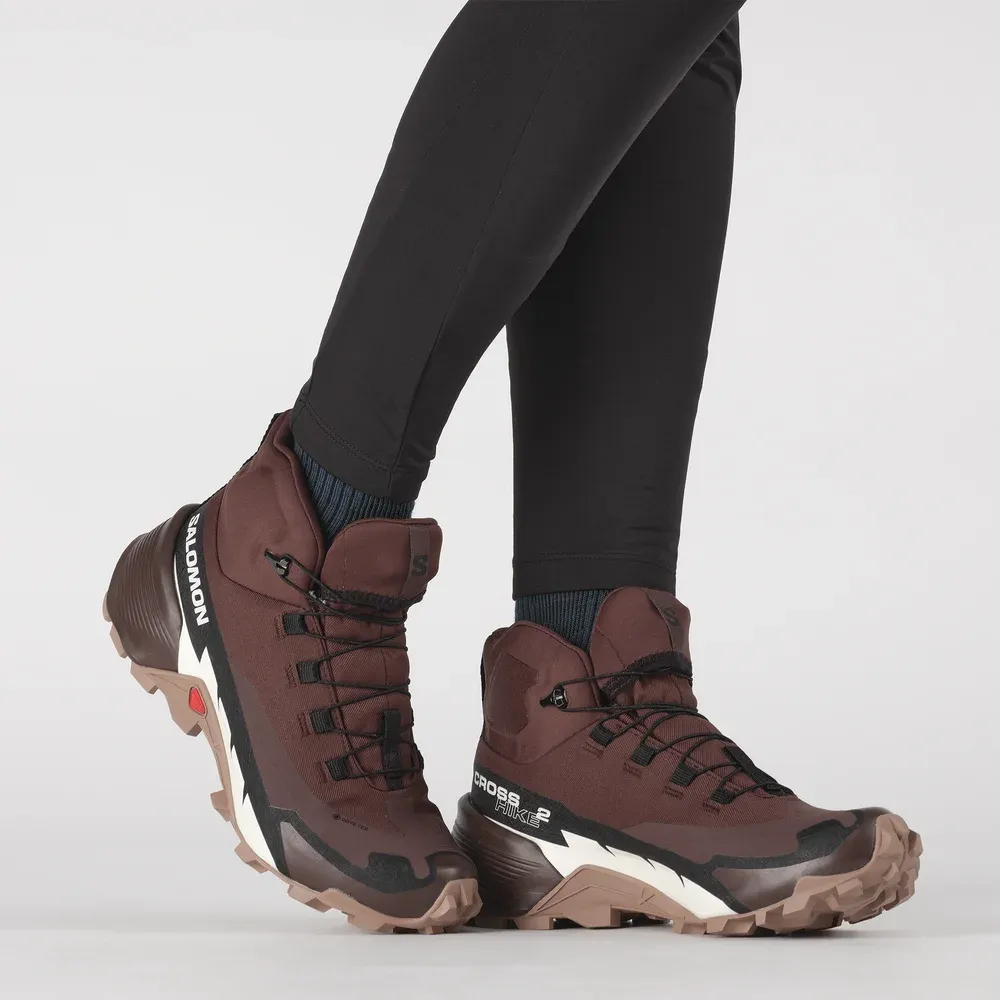
Women's - Salomon Cross Hike 2 Mid GTX
- 💦 Gore-Tex® Waterproof
- 🪨 Contagrip sticky outsole
- ✌️ Ankle Support
So, coming back to your original question: "hiking shoes or trainers, which are better?"
Still unsure?
Let's show you some examples of versatile trainers you could wear all day long, and perhaps get them a little dirty too.
These won't be fully fledged hiking shoes, so keep that in mind....
Versatile trainers
Men's 🙋♂️
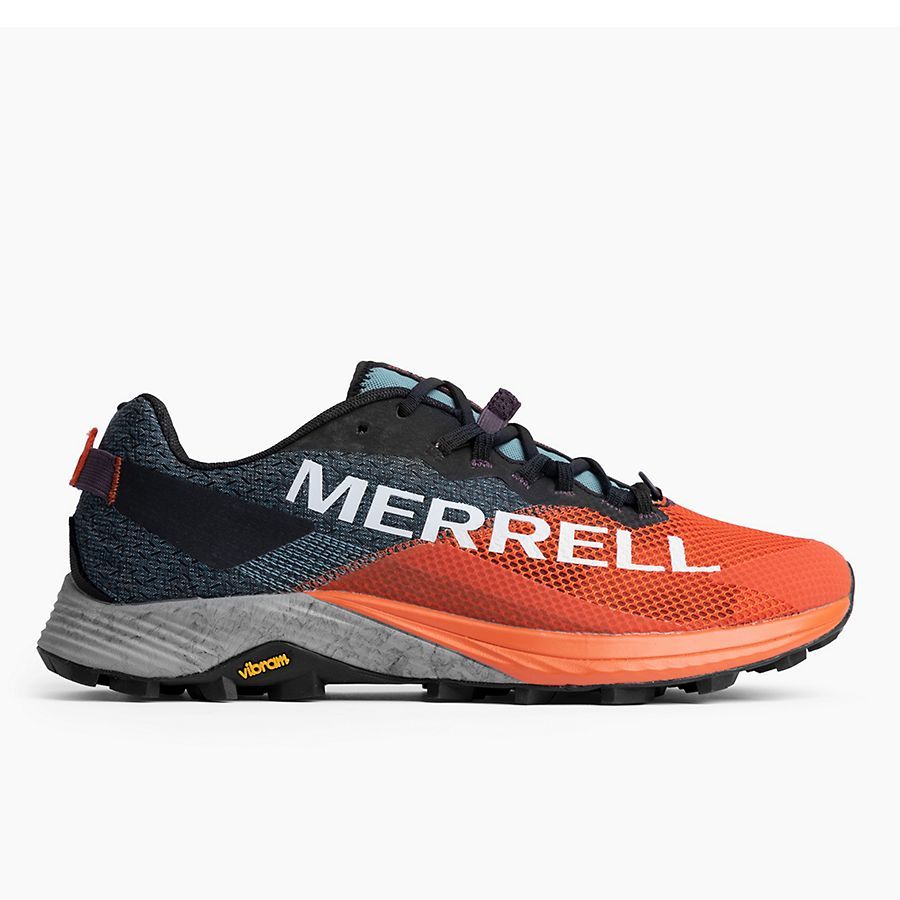
Men's - Merrell MTL Long Sky 2
🙌 FloatPro Foam® for a lightweight ride
🪨 Vibram® MegaGrip® outsole for great traction
♻️ 100% recycled laces
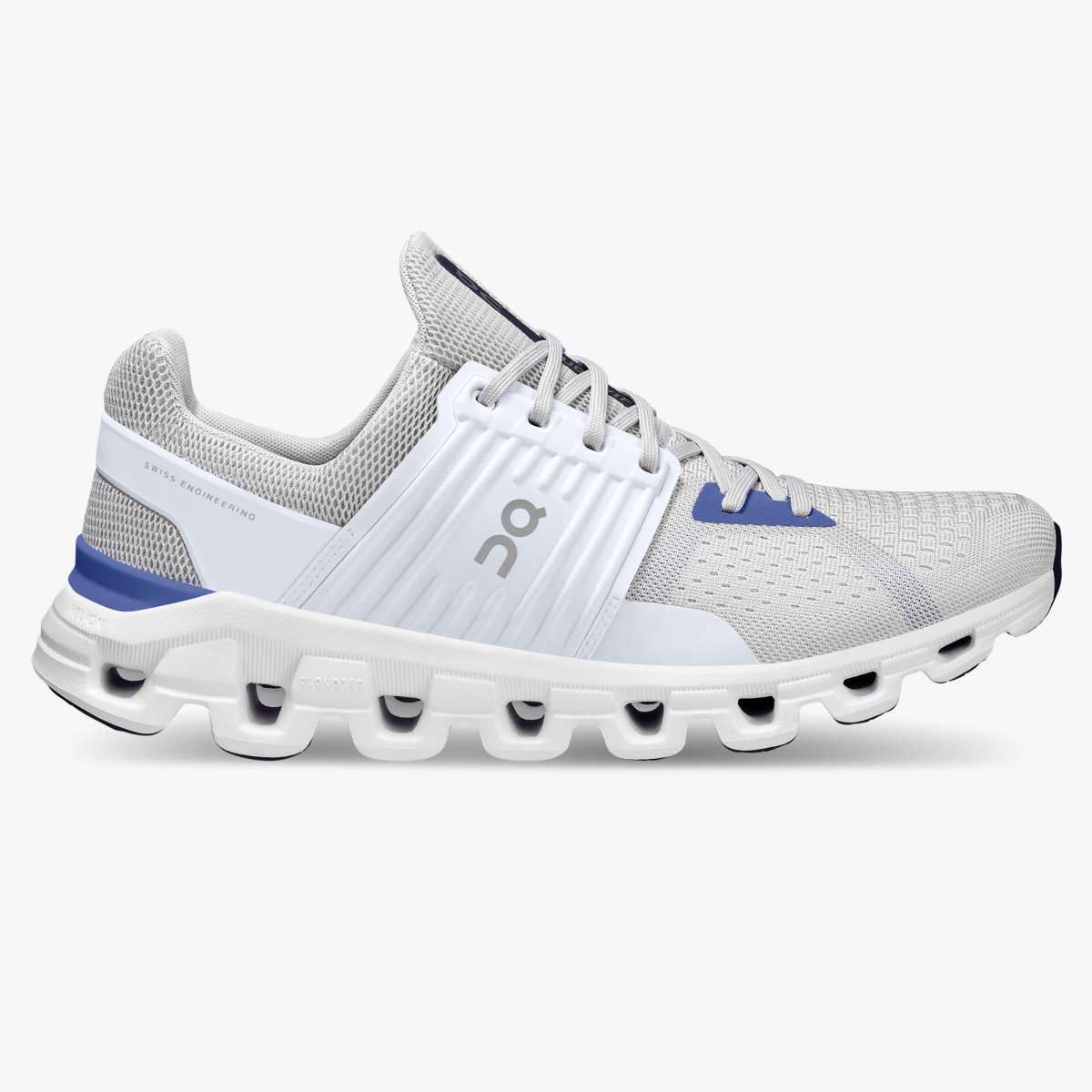
Men's - On Cloudswift
🙌 Cloudtec® Superfoam for increased cushioning
🪨 New rubber grip pads for added traction
♻️ Recycled engineered mesh
Women's 💁♀️
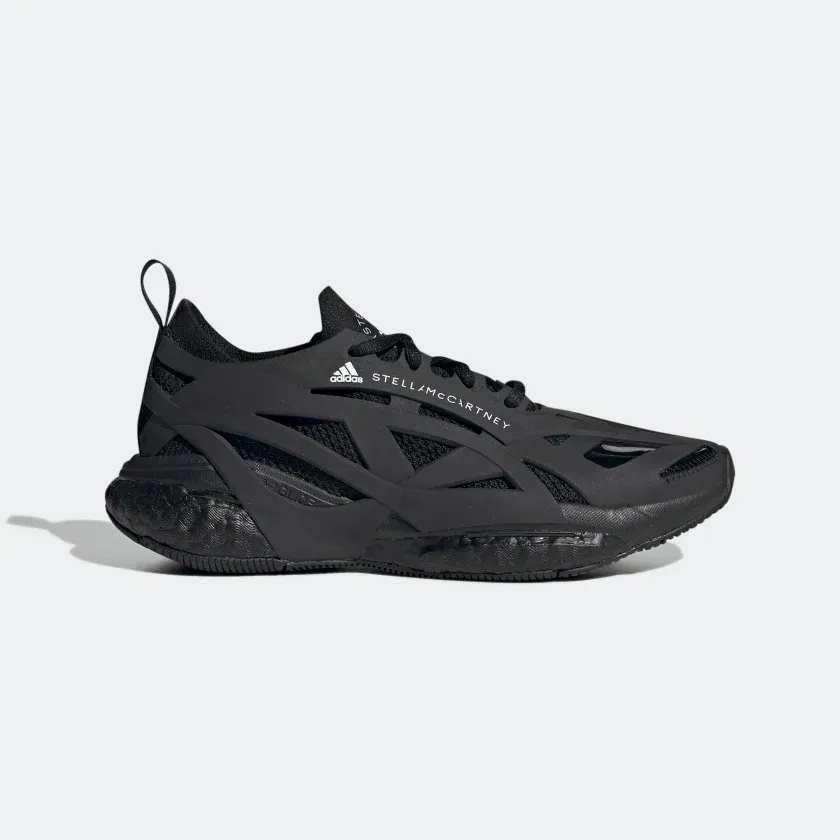
Women's - Adidas Solarglide x Stella McCartney
🙌 BOOST midsole for great cushioning
♻️ At least 25% recycled materials
✌️ Primekit upper keeps your feet snug and comfy
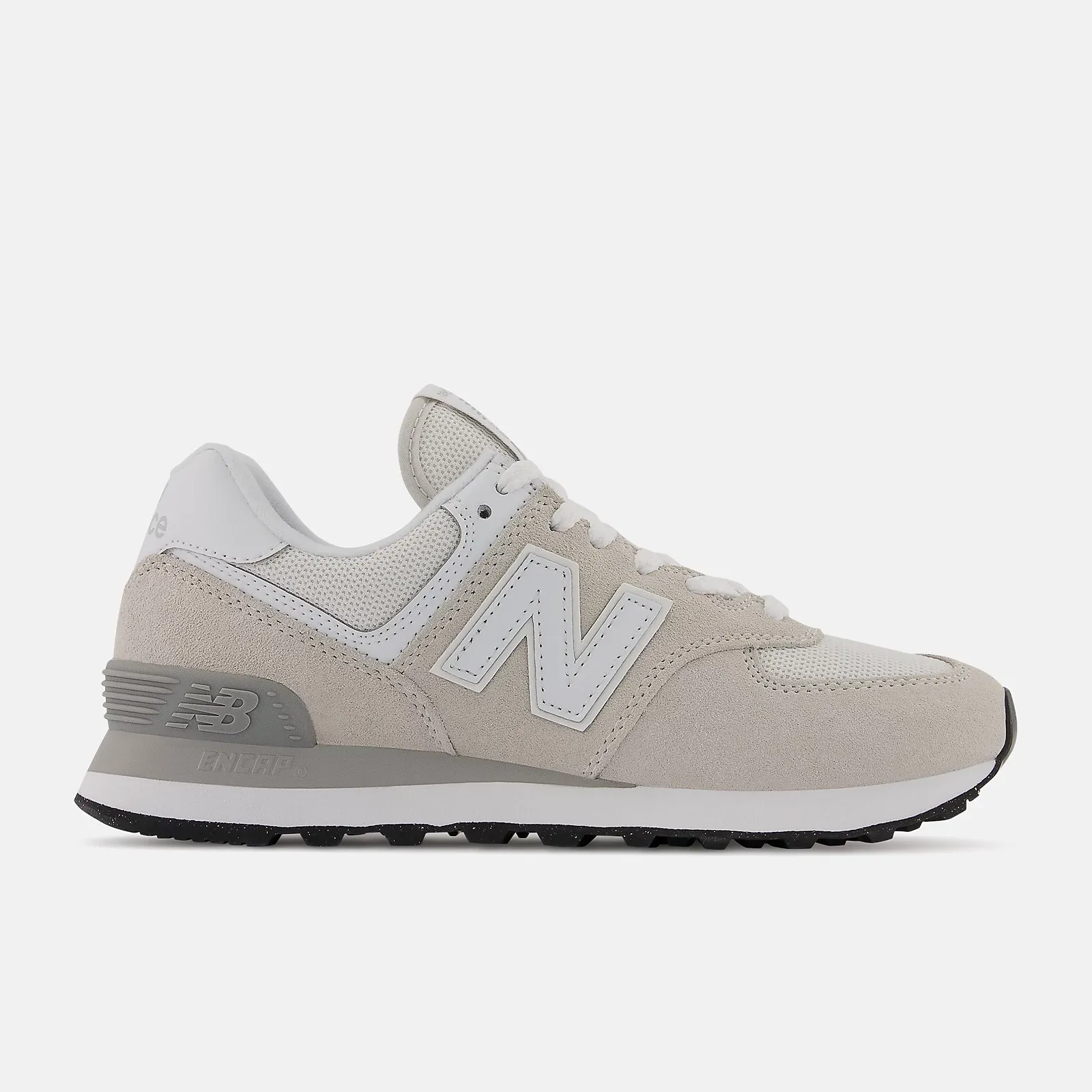
Women's - New Balance 574 Core
☘️ 50%+ materials sourced with environment in mind
🙌 Lightweight EVA foam for added cushioning
♻️ Vamp, collar and tongue 100% recycled
Hopefully, with the above examples and details about the technology behind the different types of shoes, you now have an answer to your question. Whether you go for hiking shoes or trainers, which are better for you depends on your needs.
If you're planning on doing hikes in wet, muddy, cold/warm and rugged terrain, then definitely go with hiking shoes 🥾
However, if your aim is to have a pair of trainers that you can wear daily to go shopping after work, dropping the kids off to school and taking a walk down the street, then normal trainers will be enough 👟
The good thing about hiking shoes are that they are usually very well made - so initially they might look expensive, but you can usually wear them for a good few years if you are an occasional hiker.
Good luck, and don't forget to get out and enjoy the outdoors! 🌈 🏔 🏕
P.S. this is why you need sticky outsoles if you go hiking👇



Member discussion